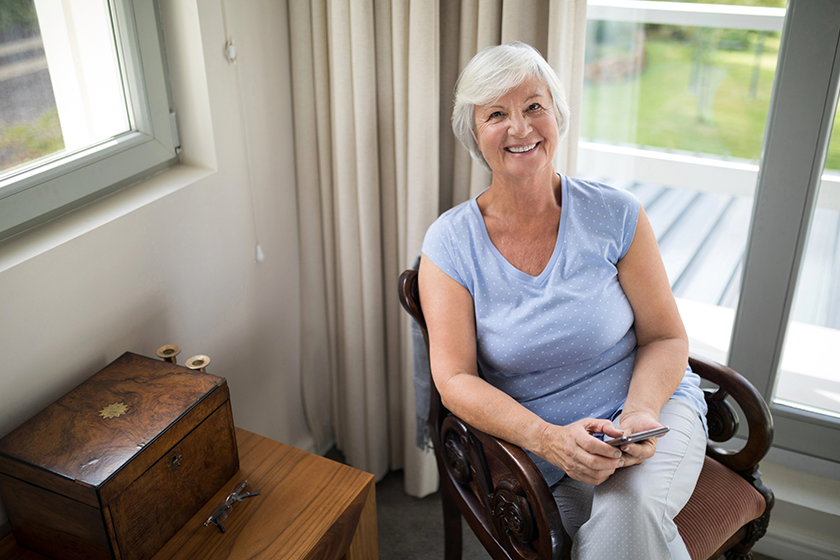Enhancing the life quality of seniors is necessary as it directly impacts their health, happiness and overall well-being. A supportive environment plays a significant role in this enhancement, especially within retirement communities, where tailored care and community living contribute to a fulfilling senior lifestyle. This article explores the elements of such an environment and how they contribute to improving seniors’ life quality.
Accessibility and Safety
One of the primary concerns when it comes to seniors’ life quality is making sure their living environment is both accessible and safe. A supportive environment includes easy accessibility to medical centers and daily needs, minimizing the risk of accidents and promoting independence.
Retirement communities are designed with these factors in mind, featuring elements like ramps, non-slip floors and emergency call systems in each residence. Additionally, these communities often have team members available 24/7 to assist with any immediate needs. This further makes sure that each day is as safe and comfortable as possible for its residents.
Health and Wellness Programs
The correlation between physical health and life quality cannot be overstated, particularly for residents. A supportive environment offers structured health and wellness programs that cater to the needs of older adults. These senior living programs might include regular health and fitness classes, like yoga and tai chi, which are gentle on the joints and improve mobility and balance.
Furthermore, retirement communities often offer nutritional planning and meals prepared to cater to specific health needs, such as diabetes management or heart health. By addressing both physical activity and nutrition, these communities actively contribute to the longevity and vitality of their residents.
Social Interaction and Engagement
Social engagement is another critical component of a supportive environment that enhances life quality. Isolation can lead to depression and a decline in physical health. It’s key to provide opportunities for engagement. Retirement communities excel in this area by offering a variety of social activities and events that encourage interaction among residents. From art classes and gardening clubs to book discussions and dance nights, these activities provide a platform for older adults to build relationships and share experiences, thus maintaining their social networks and enhancing their overall happiness and satisfaction with life.
Mental and Emotional Support
Mental health is as important as physical health in promoting a high quality of life. Supportive environments provide mental and emotional support through access to counseling services, peer groups and programs designed to help older adults manage and overcome feelings of anxiety, depression or loneliness.
Retirement communities often have professionals on team members who specialize in senior mental health. They offer a space where residents can freely express their concerns and receive the support they need. A proactive approach to mental health care makes sure that residents feel understood and valued, significantly enhancing their life quality.
A supportive environment that promotes residents’ lives encompasses a comprehensive approach involving physical safety, health and wellness, social interaction and mental health support. Such environments can be found in retirement communities, where the infrastructure, amenities and services are specifically designed to meet the unique needs of older adults. For older adults and their families considering options for enhancing life in the golden years, these communities offer a promising avenue for living better and healthier.







